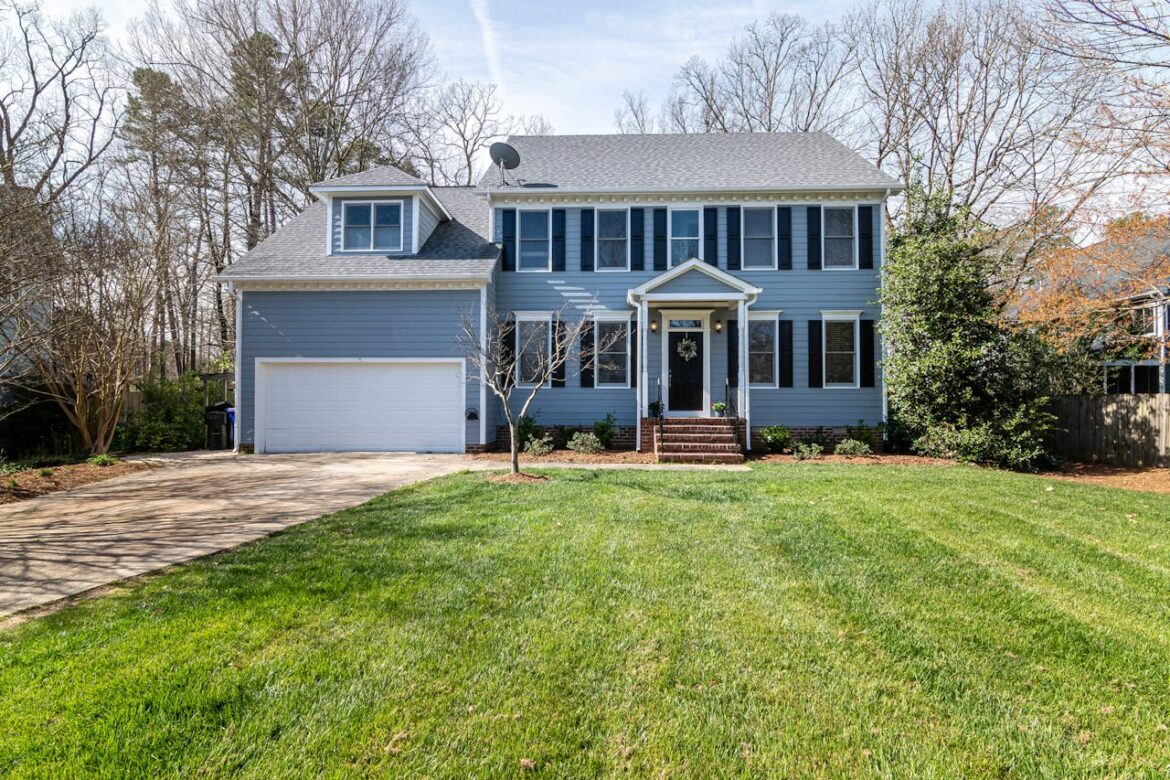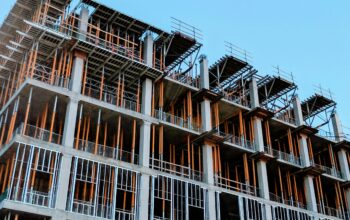When it comes to rental homes, the real estate proverb “location, location, location” is extremely relevant. Even though the property itself is important, your potential rental revenue can be greatly impacted by the neighbourhood in which it is located. Understanding how your neighbourhood affects the rental value of your home empowers you to make informed decisions, whether you’re a seasoned investor or a first-time landlord. By considering factors like demand, safety, amenities, and school districts, you can position your property to attract high-quality tenants and maximise your return on investment.
Decoding the Value Drivers:
Several key factors contribute to the rental value of a property based on its location:
- Demand and Supply: Demand and Supply: The rental market is subject to the fundamentals of economics. Higher rents are usually demanded in neighbourhoods where there is a high demand for rentals due to limited availability. Demand is influenced by a number of factors, such as accessibility to centres of employment, good schools, and appealing facilities.
- Safety and Security: Tenants give priority to neighbourhoods that are safe and secure. Strong neighbourhood ties, well-lit streets, and low crime rates all raise a property’s perceived value and may even result in higher rentals.
- Accessibility and Amenities: For many tenants, convenience is paramount. A property’s appeal rises with proximity to amenities including parks, grocery stores, restaurants, entertainment venues, and public transportation, which helps properties command higher rents.
- School Districts: One of the main determining factors for families with school-age children is the calibre of the nearby schools. Rental prices for properties can be greater in communities with top-notch schools than in places with less desired schooling options.
- Property Type and Age: The neighbourhood’s general atmosphere is also important. A typical family house in a calm suburban neighbourhood will probably draw a different kind of tenant than a trendy, modern apartment building in a busy urban location, and the rent will probably be more.
Beyond the Obvious: Uncovering Hidden Gems
While established desirable neighbourhoods typically boast high rental values, there are opportunities to explore hidden gems:
- Up-and-Coming Areas: It can be a wise decision to investigate neighbourhoods that are undergoing infrastructure projects or that are being revitalised. Purchasing a house before a neighbourhood becomes extremely popular can result in more rental revenue down the road.
- Close to Hidden Amenities: Occasionally, a neighbourhood may not have a particular facility, such as a grocery, but it may be only a short stroll from a nearby neighbourhood that does. Bringing attention to these “borrowed amenities” will make your house more appealing to renters.
- Particular Neighbourhood Charm: Some neighbourhoods are drawn to particular tenant types because of their particular characteristics. A rent premium may be demanded for a quirky artistic neighbourhood or a historic district because of their distinct charm and sense of community.
Leveraging Data and Expertise:
Understanding the rental value of your property based on location requires research and informed analysis. Here’s how to get started:
- Market research: Examine rental prices for comparable homes in your neighbourhood using internet databases and rental listing services. Based on the value of the property and regional market trends, tools such as rental yield calculators can assist in estimating prospective rental revenue.
- Consult Local Authorities: Making connections with trustworthy local letting agents can be quite beneficial. They can offer insights unique to your neighbourhood and have extensive understanding of local rental trends.
- Take a look at a rental appraisal: A more thorough evaluation of the rental worth of your property can be obtained by hiring a qualified property appraiser. To deliver an accurate estimate, they will take into account variables including location, property condition, and current market trends.
Maximising Your Rental Income
Once you understand the impact of location on your rental value, you can take steps to optimise your property’s potential:
- Emphasise Neighbourhood Benefits: In your rental listing, highlight the neighbourhood’s advantages. Having parks, public transportation, or hip eateries close by might be major selling features.
- Invest Wisely: Think about making deliberate improvements to your property that will increase the appeal to your ideal renter base. This can entail making the exterior more appealing, installing contemporary appliances, or setting aside a room for professionals to work.
- Expert Property Administration: Collaborating with an expert property management firm can prove to be a prudent choice for time-pressed landlords. They may take care of maintenance concerns, rent collecting, and tenant screening, letting you get the most out of your investment.
While location is important, it’s not the only consideration. You may arrange your house to draw in top-notch renters and optimise your rental income by learning how your neighbourhood affects rental value, doing extensive research, and making calculated upgrades. Recall that a rental property’s success depends not just on its physical attributes but also on the lively neighbourhood it is located in.




